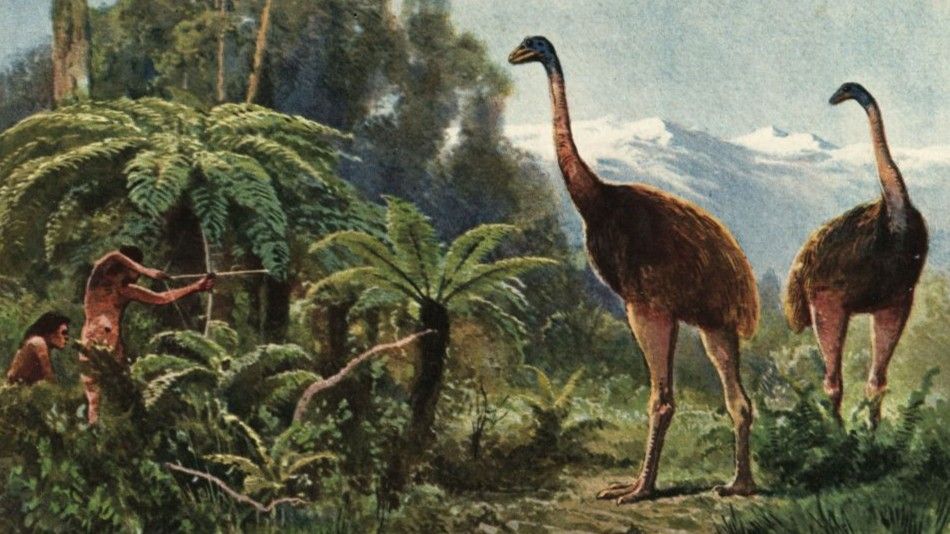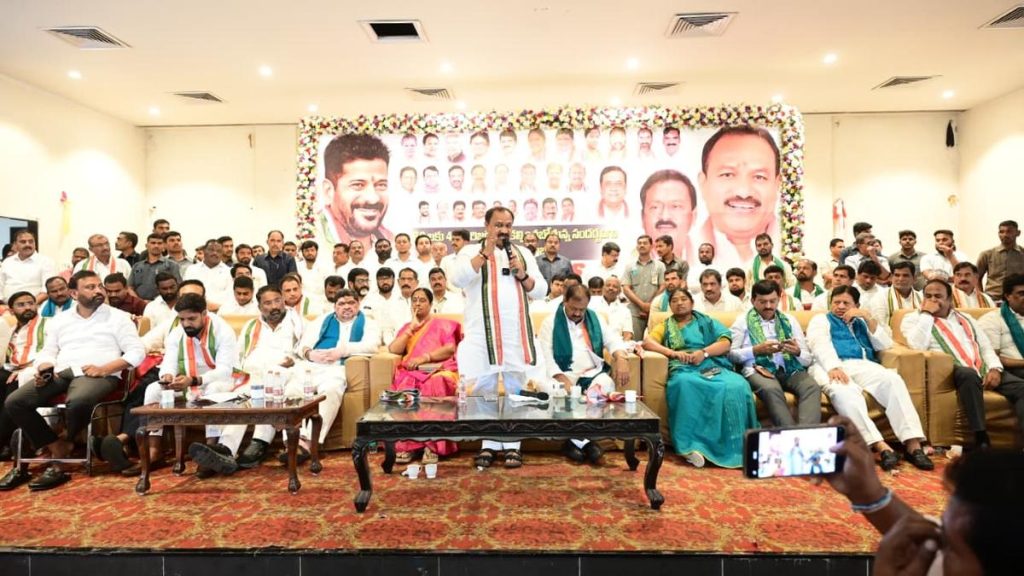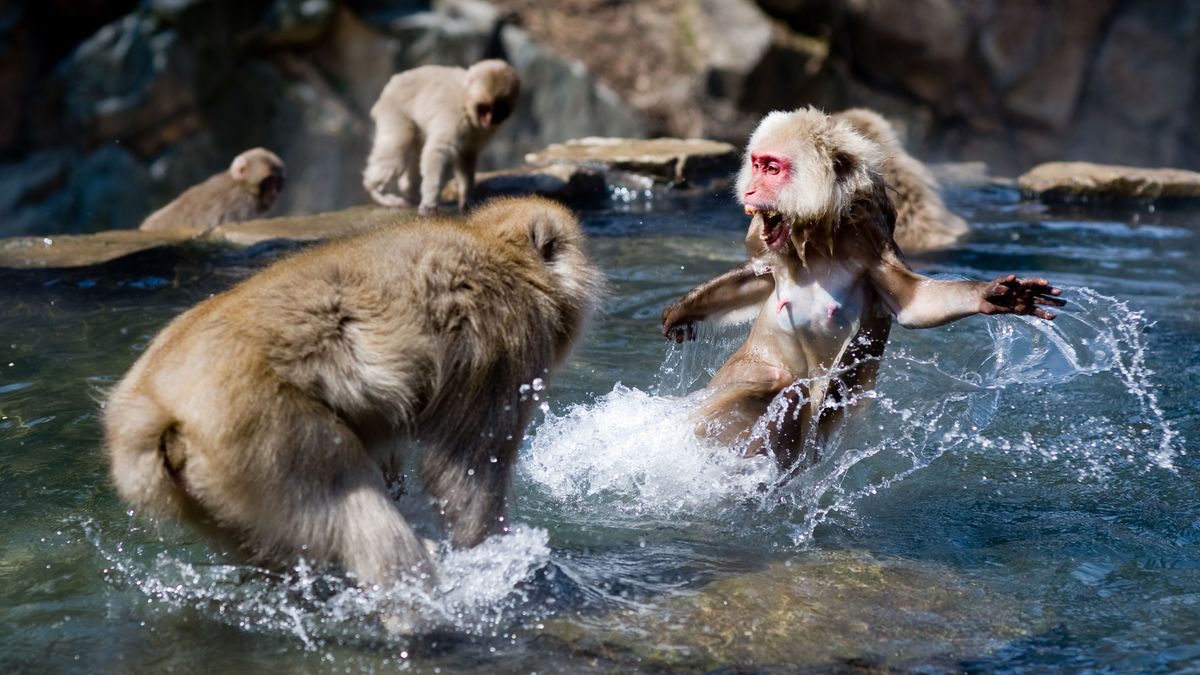Now Reading: De-Extinction Firm Aims to Revive Giant Moa Within a Decade
-
01
De-Extinction Firm Aims to Revive Giant Moa Within a Decade
De-Extinction Firm Aims to Revive Giant Moa Within a Decade

Rapid Summary:
- Biotechnology firm Colossal Biosciences plans to “bring back” teh extinct south Island giant moa (Dinornis robustus) using genetic engineering within the next 10 years.
- Moas, ancient flightless birds standing up to 12 feet tall, went extinct approximately 600 years ago due to human hunting.
- The project’s goal involves extracting DNA from moa bones and aligning it with living relatives-specifically emus or tinamous-to create genetically modified embryos for gestation in surrogates.
- Criticism surrounds efforts involving Colossal’s de-extinction projects (e.g., dire wolves), as experts argue recreated animals are hybrids rather than true representatives of extinct species.
- Experts point out ecological risks and ethical concerns, emphasizing current limitations in genetic engineering that prevent truly resurrecting lost species with exact traits and ecological roles intact.
- Benefits cited include advancements in artificial egg technologies that could aid endangered bird conservation, alongside deepened evolutionary insights from preserved DNA data.
Images:
- Illustration of moas being hunted by arrows:
- Moa skeleton juxtaposed with fossilized footprints:
- Museum collection housing moa femur bones:
Indian Opinion Analysis:
The debate surrounding de-extinction raises pertinent questions about conservation priorities globally-and offers critical lessons for India’s ongoing struggles to protect it’s rich biodiversity. While bringing back iconic species like the moa can definitely help advance genome editing technologies, such projects are inherently limited if they fail to restore natural ecosystems or reintroduce genuine ecological functions performed by the original organisms.For India-home to endangered keystone species like tigers, lions, and elephants-the emphasis must remain on conserving extant wildlife through habitat preservation and minimizing human-driven threats. Genetic advancements may eventually support tools like artificial reproduction aids for critically endangered Indian fauna (e.g., Great indian Bustards). Though, attention should remain balanced between technological fascination and tangible actions that address root causes of biodiversity decline.
India’s growing influence in biotechnology could potentially contribute responsibly by supporting scientific endeavors aimed at both extinction reversal efforts abroad while safeguarding unique native ecosystems domestically-a dual approach toward equitable global biodiversity stewardship.
























